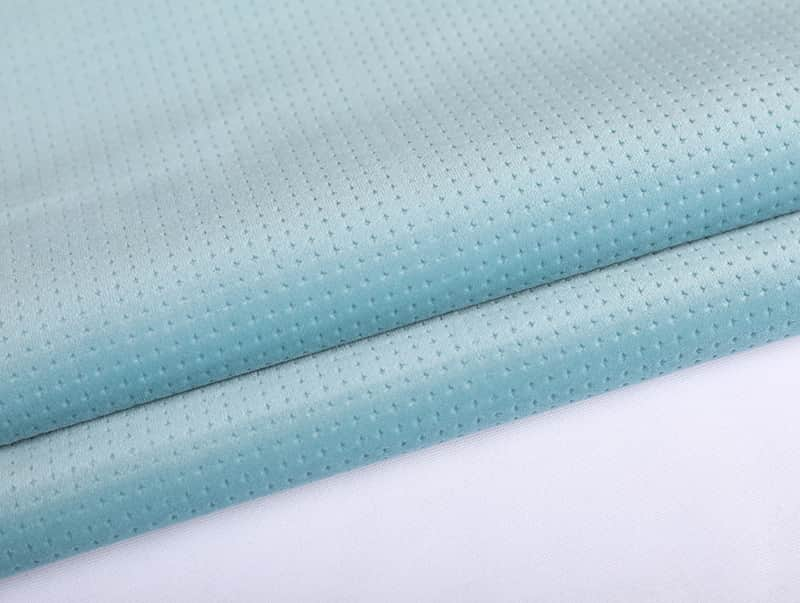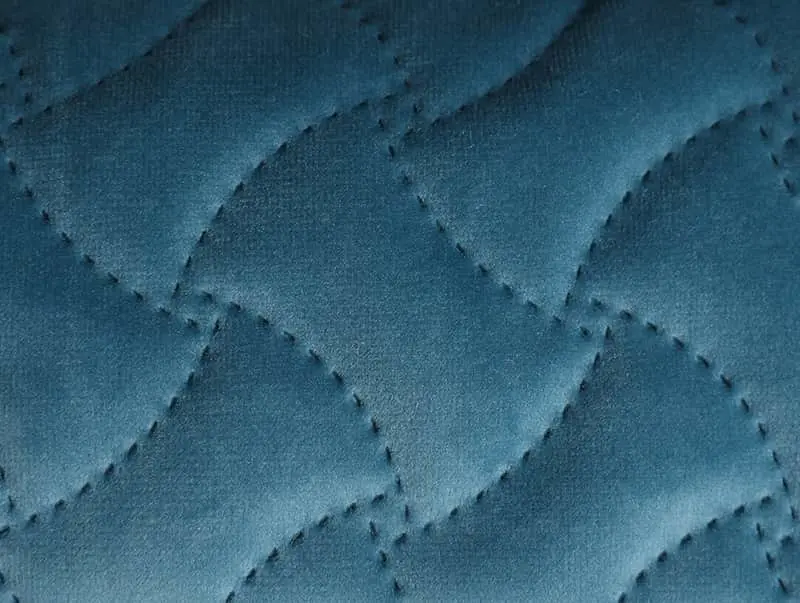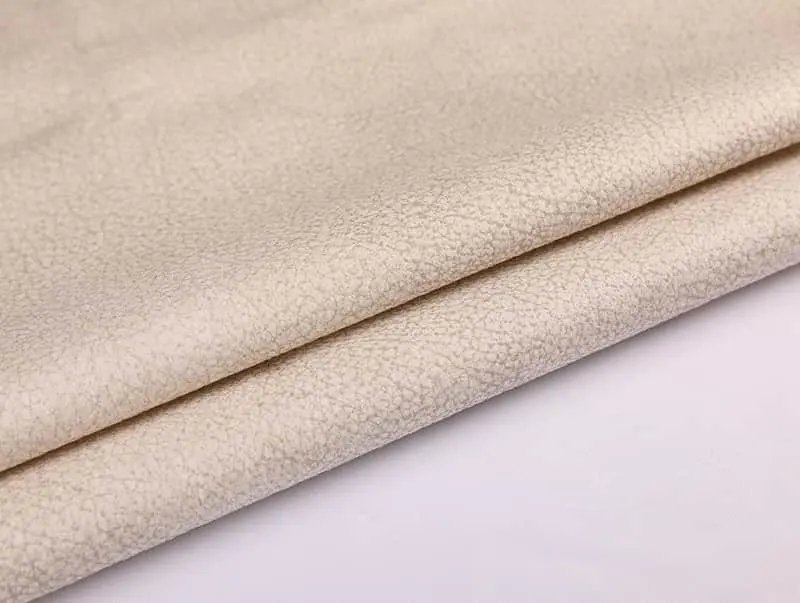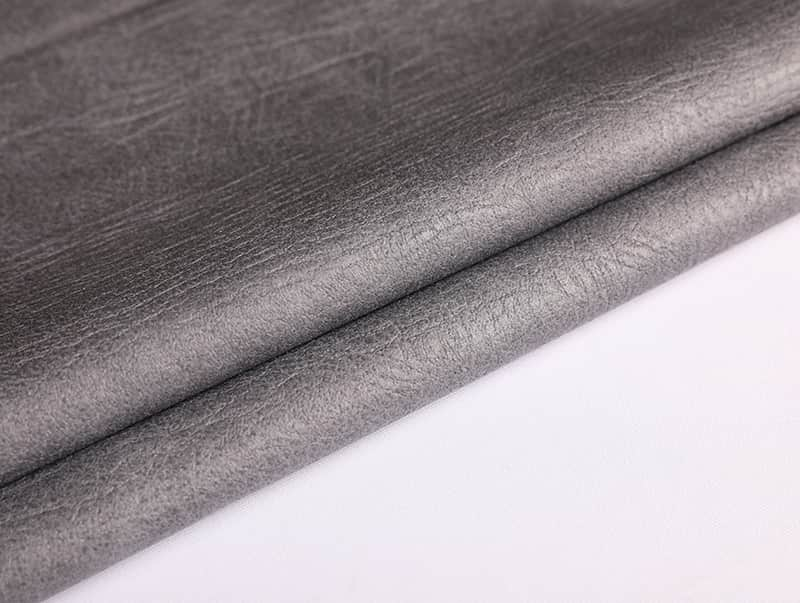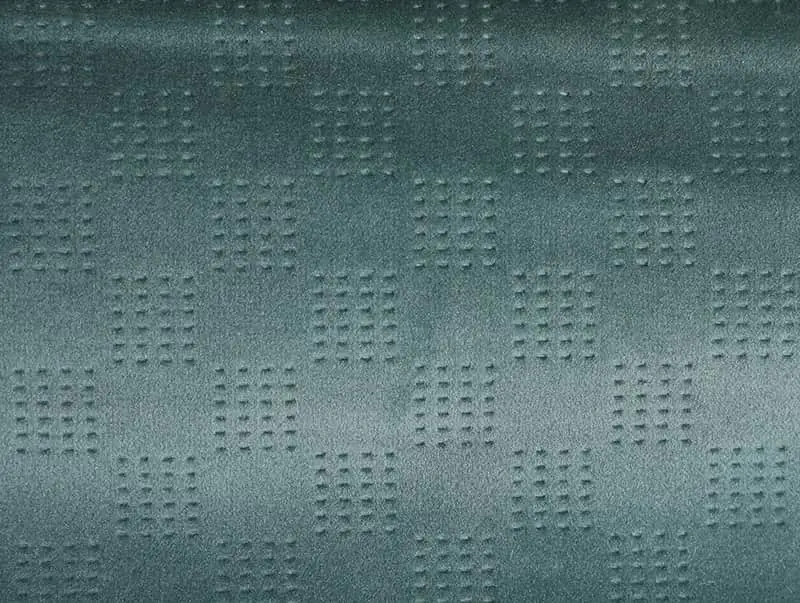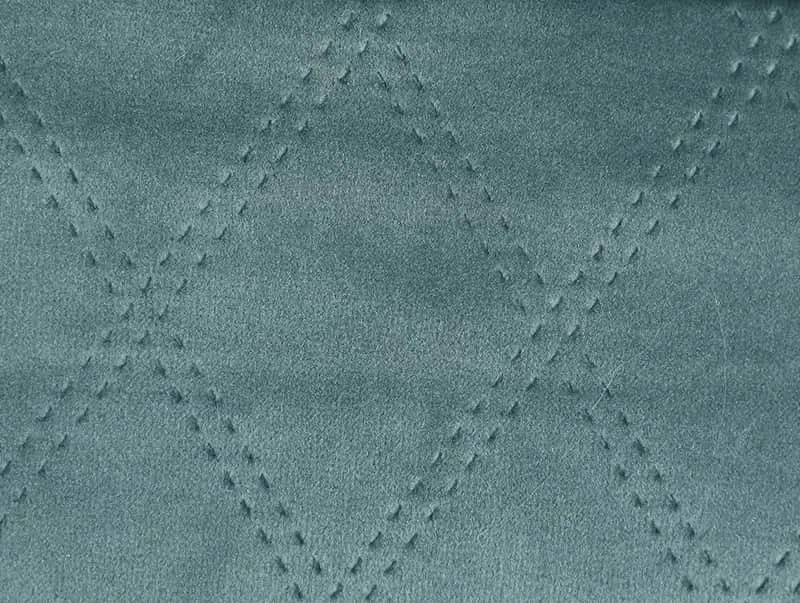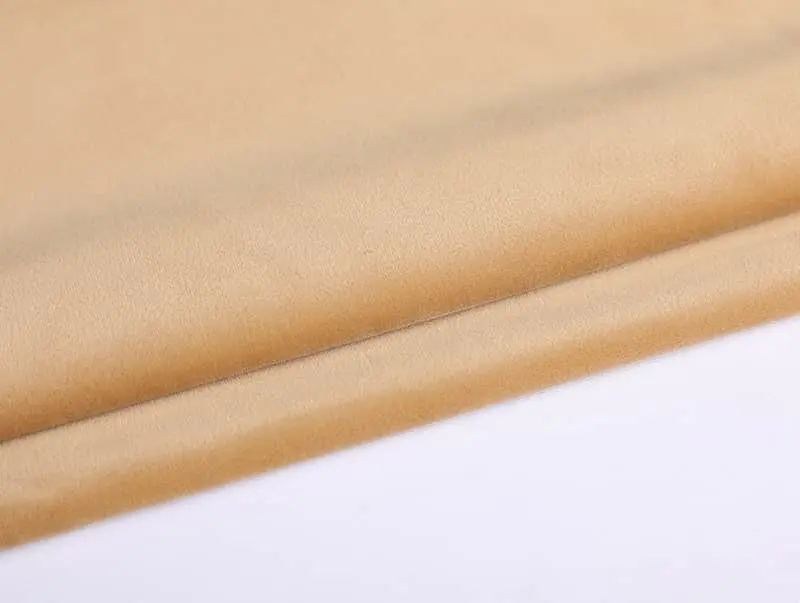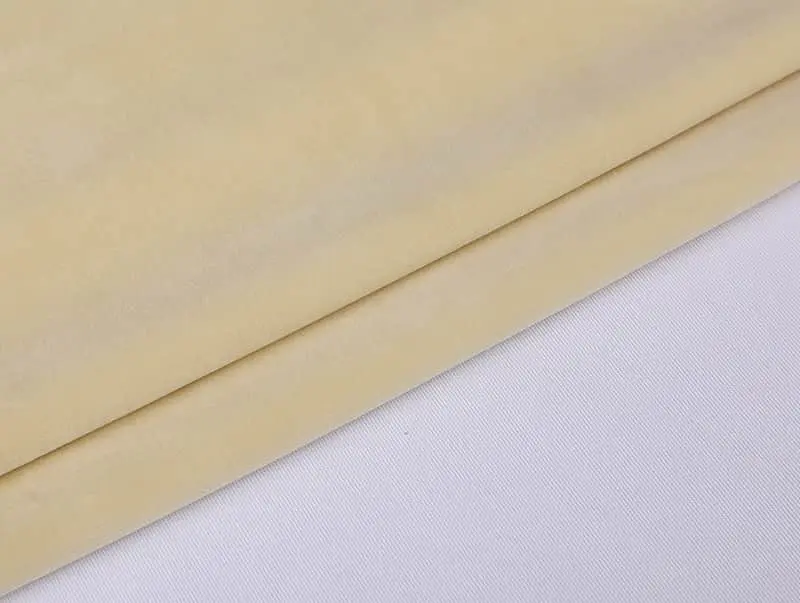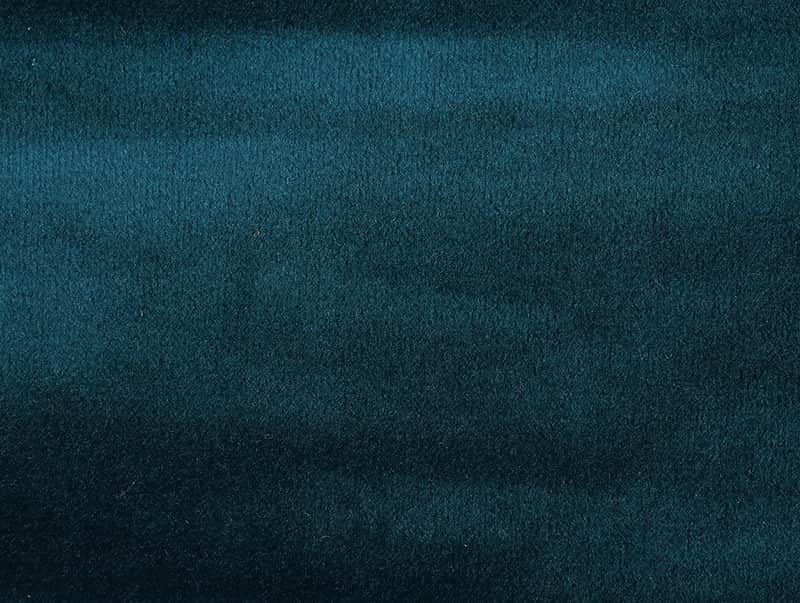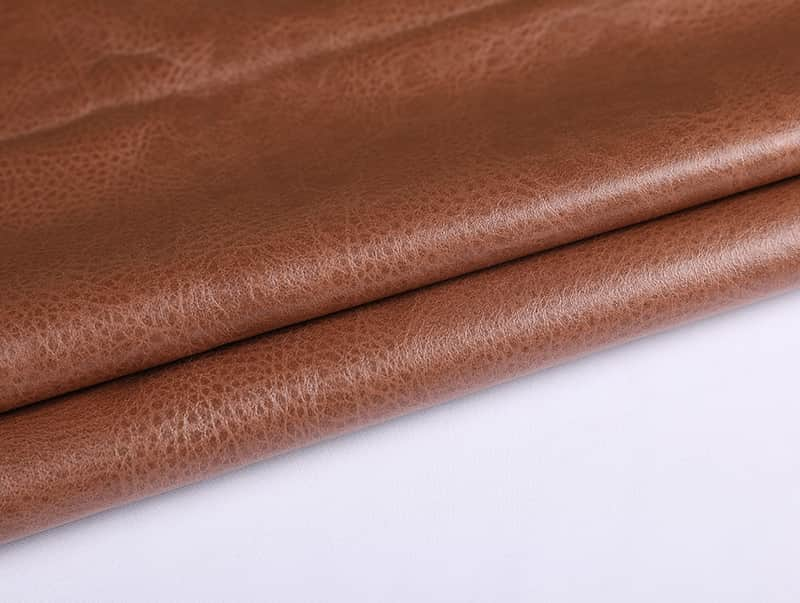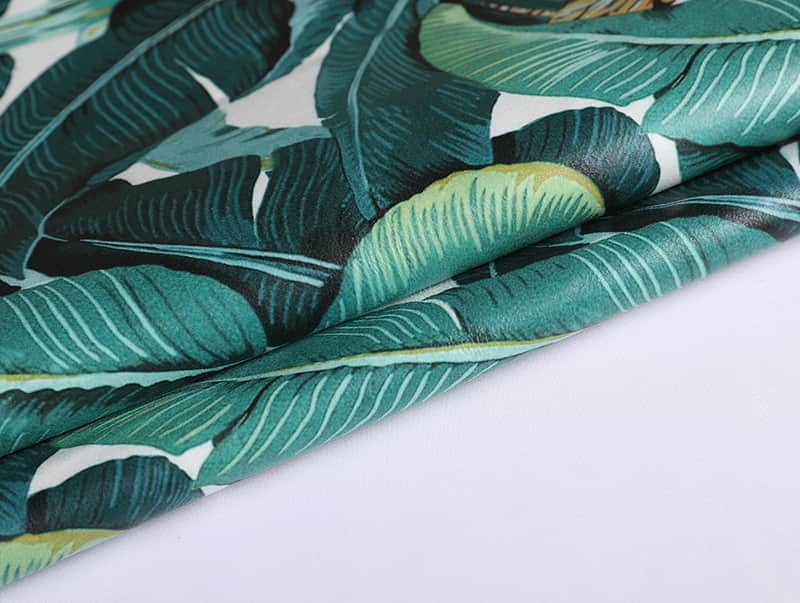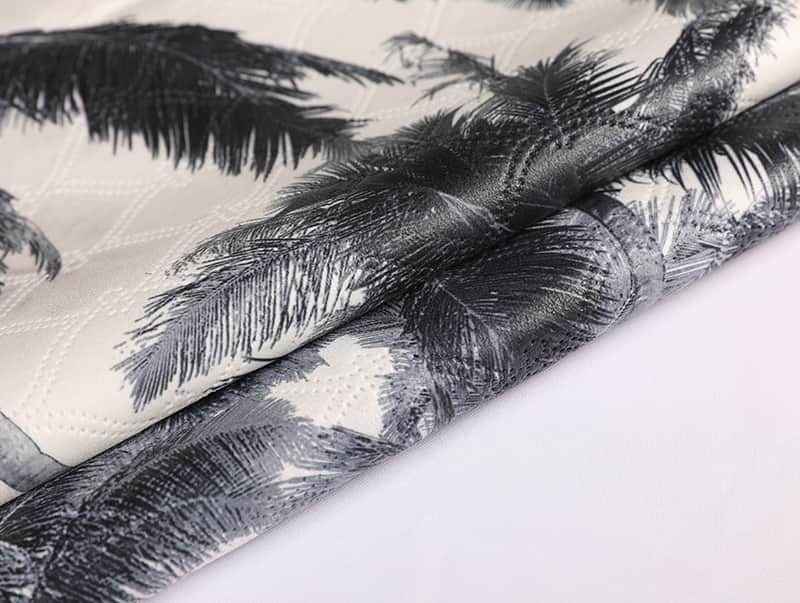The production of plush toy fabric involves several steps to create the soft and cuddly material commonly used in stuffed animals and plush toys. Here is a general overview of the production steps involved:
Selection of Raw Materials:
The production starts with the selection of suitable raw materials for the plush toy fabric.
The primary material used is synthetic fibers, such as polyester, acrylic, or a blend of different fibers.
These fibers are chosen for their softness, durability, and ability to retain shape.
Fiber Preparation and Blending:
The selected fibers are prepared by cleaning, carding, and blending.
Carding involves aligning and straightening the fibers to ensure uniformity and quality.
Blending refers to the mixing of different fibers or additives to achieve specific properties or colors.
Spinning and Yarn Formation:
The prepared fibers are spun into yarns using spinning techniques.
Spinning can be done through processes like ring spinning or open-end spinning.
The spun yarns may be further processed, twisted, or plied to achieve the desired thickness and strength.
Knitting or Weaving:
The yarns are used to create the plush fabric through knitting or weaving processes.
Knitting involves interlocking loops of yarn to form a fabric structure.
Weaving involves the interlacing of yarns in a perpendicular manner to create a stable woven fabric.
Dyeing and Printing:
The plush fabric may undergo dyeing or printing processes to add color or patterns.
Dyeing involves immersing the fabric in dye baths or using other dye application methods to impart color to the fibers.
Printing techniques can be used to apply specific designs or patterns onto the fabric's surface.
Finishing:
The plush fabric undergoes finishing processes to enhance its softness and appearance.
This may involve brushing or raising the fibers to create a fluffy and plush texture.
Other finishing treatments, such as anti-pilling or anti-static treatments, may be applied to improve the fabric's performance.
Inspection and Quality Control:
The finished plush fabric is inspected for quality assurance.
Visual inspection, as well as testing for characteristics like softness, colorfastness, and durability, is performed.
Any defects or inconsistencies are identified and corrected.
Cutting and Sewing:
Once the plush fabric passes the quality control checks, it is cut into various shapes and sizes according to the design requirements of the plush toys.
The cut fabric pieces are then sewn together to create the different components of the plush toys, such as the body, limbs, and features.
Stuffing and Assembly:
The plush fabric components are stuffed with polyester fiberfill or other suitable stuffing materials to give the toys their desired shape and softness.
After stuffing, the components are assembled, stitched, and attached to create the final plush toys.
Packaging and Distribution:
The completed plush toys are packaged and prepared for distribution to retailers or customers.
They are carefully packaged to protect them during transportation and to maintain their quality until they reach their destination.
It's important to note that the specific production steps and techniques used in the manufacturing of plush toy fabric may vary among manufacturers. Some manufacturers may have proprietary methods or additional steps to achieve specific textures or features. The quality and characteristics of the final plush toy fabric depend on the expertise and attention to detail in each stage of the production process.Besides,Plush toy fabric can be classified based on various factors such as the type of fibers used, the pile height or density of the fabric, and the finish or texture of the fabric.


